
A lot of big, tragic and important things have happened to this wonderful country of ours since April 2014. None of which I have covered. I was too busy writing about hungover parenting, ancient philosophy and my dog Colin.
Out of the 536 columns I have written, 27 were about that guy. Far too few. He is such a good boy, he deserves an article a week.
Today is the end of an era for me, and whenever these final events pop up in our lives, we can’t help but think about the ultimate end.
Everything we do, we will one day do for the last time. That’s why you have to enjoy things while they are around. It’s not just big events like leaving a job, house or loved one either. Whatever moment you happen to be in now, you will never get it back, and you don’t know how many more you have.
Everything we do in life, from eating pizza to spending time with the people we love, to driving, writing, drinking or breathing, we will one day experience for the final time. It might happen tomorrow. This can be either a depressing or an inspiring thought, depending on how you look at it.
A few years back in this column, I interviewed professor of philosophy William B Irvine, of Wright State University, Ohio, on this very topic. He put it this way on a Zoom call: “Recognition of the impermanence of everything in life can invest the things we do with a significance and intensity that would otherwise be absent. The only way we can be truly alive is if we make it our business periodically to entertain thoughts of the end.”
Today’s column is very meaningful to me because it is my last. Like the last night with a lover before she goes overseas. And just like a lover, there have been some half-arsed efforts put in from me over the years. Last week, for example, I spent 750 words moaning about how bad my cricket team is. But the truth is that any of my columns could have been the final. If I had reminded myself every week for the past 10 years that the end is inevitable, I may have been more grateful for having a column and appreciated writing them all as much as I am this one.
While everything we do could have more meaning with a focus on finitude, some things are inherently more worthwhile than others. There is no doubt my column “The pros and cons of wearing Speedos” from November 2022 was less meaningful than most things in this world. That was a waste of everyone’s time. So, if we only have so much time, how do we pick the best things to do?
Well, Oliver Burkeman, the author of Four Thousand Weeks – Time Management For Mortals, suggested this to me in a 2022 column: “Ask yourself, does this choice enlarge me? You usually know on some unspoken level if it does. That’s a good way to distinguish between options.”
With that in mind, I don’t feel great about my 2018 article on “New Zealand’s best hole”. That didn’t enlarge anyone.
There will be people reading this column right now who have loved my writing in the Herald and are sad to see it end. Others will have hated it and are glad to see me go. Many won’t have any opinion at all. But for those in the first camp, I have good news. I have a book coming out on May 28 called A Life Less Punishing – 13 Ways To Love The Life You Got (Allen and Unwin Book Publishers). It’s a deep dive into the history, philosophy and science of not wasting our time lost in anger, loneliness, humiliation, stress, fear, boredom and all the other ways we find to not enjoy perfectly good lives. It’s available for pre-order right now (google it if you’re interested).
A Life Less Punishing took me two years to write and is equivalent in words to 100 of these columns. Which would be a complete nightmare for those in the hate camp, but as I say, great news for those who want more.
Anyway, thanks to the Herald for having me, thanks to the lovely people who make an effort to say nice things to me about my column nearly every day and thanks to the universe for every single second we get.
Bless!
My Greedy Fiancée Was Ashamed of Showing My ‘Cheap’ Engagement Ring & Posted a Fake One – She Regretted It Later

When I proposed to Micah, I never imagined that the ring I chose would spark a revelation that shattered our relationship. What began as a joyful engagement quickly turned into a test of honesty and character, exposing truths neither of us could ignore.

A man getting ready to propose | Source: Pexels
Micah and I had been dating for a year before we decided to get engaged. I was over the moon and couldn’t wait to share the news with our families and friends. I chose a modest yet elegant diamond ring that I felt symbolized our genuine love and commitment.
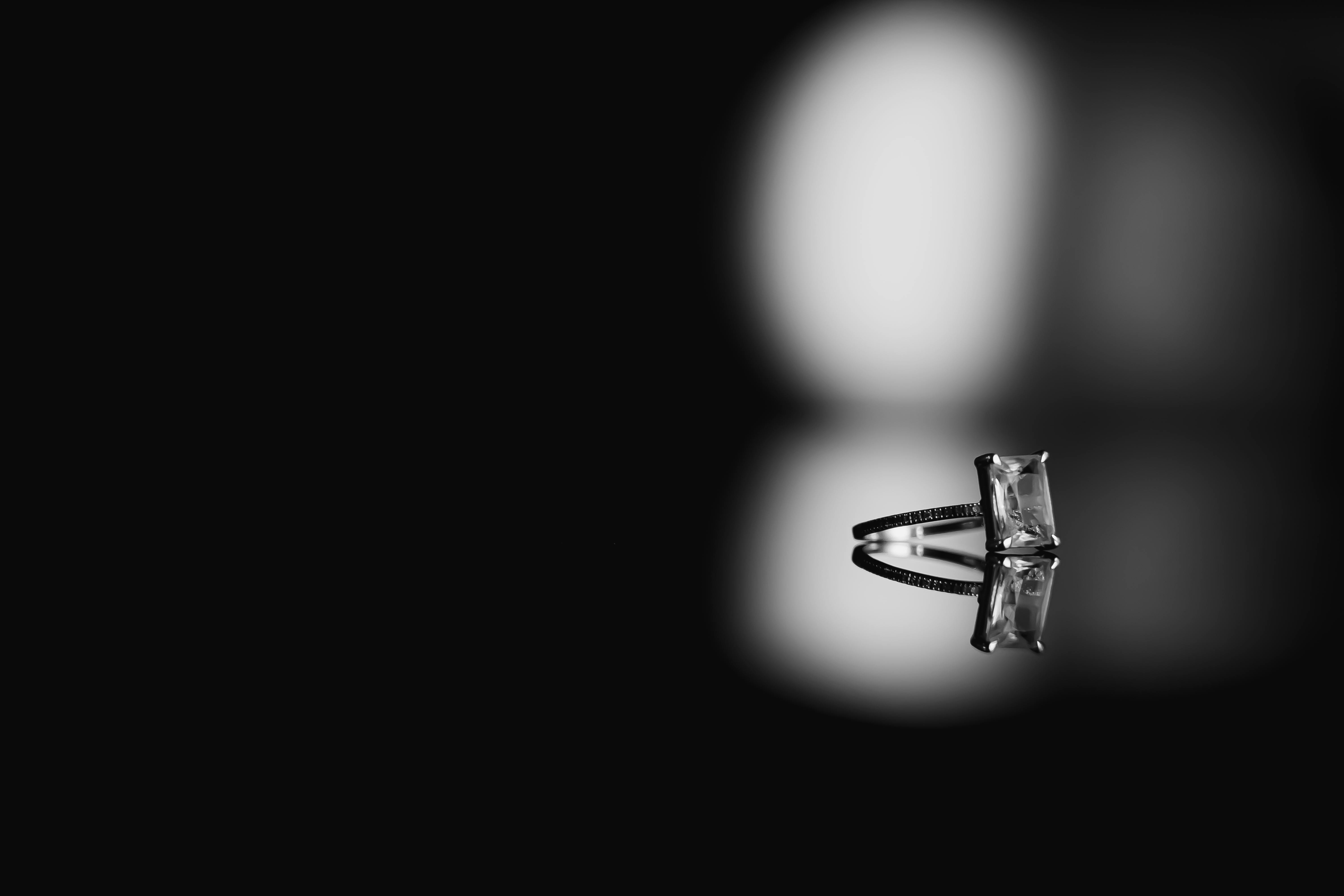
A silver diamond engagement ring | Source: Pexels
The next morning, I got a call from my mom, who was thrilled about the engagement. Her excitement was contagious, and I felt even more elated to hear her enthusiastic congratulations. Little did I know that this phone call would be the beginning of an unexpected and revealing turn of events that would change everything.

A senior woman texting | Source: Pexels
“Congratulations, honey! I’m so happy for you!” my mom’s voice was filled with joy.
“Thanks, Mom! But how did you find out so quickly?” I asked, puzzled.
“Micah just posted it on Facebook! The yellow diamond looks so unusual,” she said.
“Yellow??” I replied, my confusion growing.
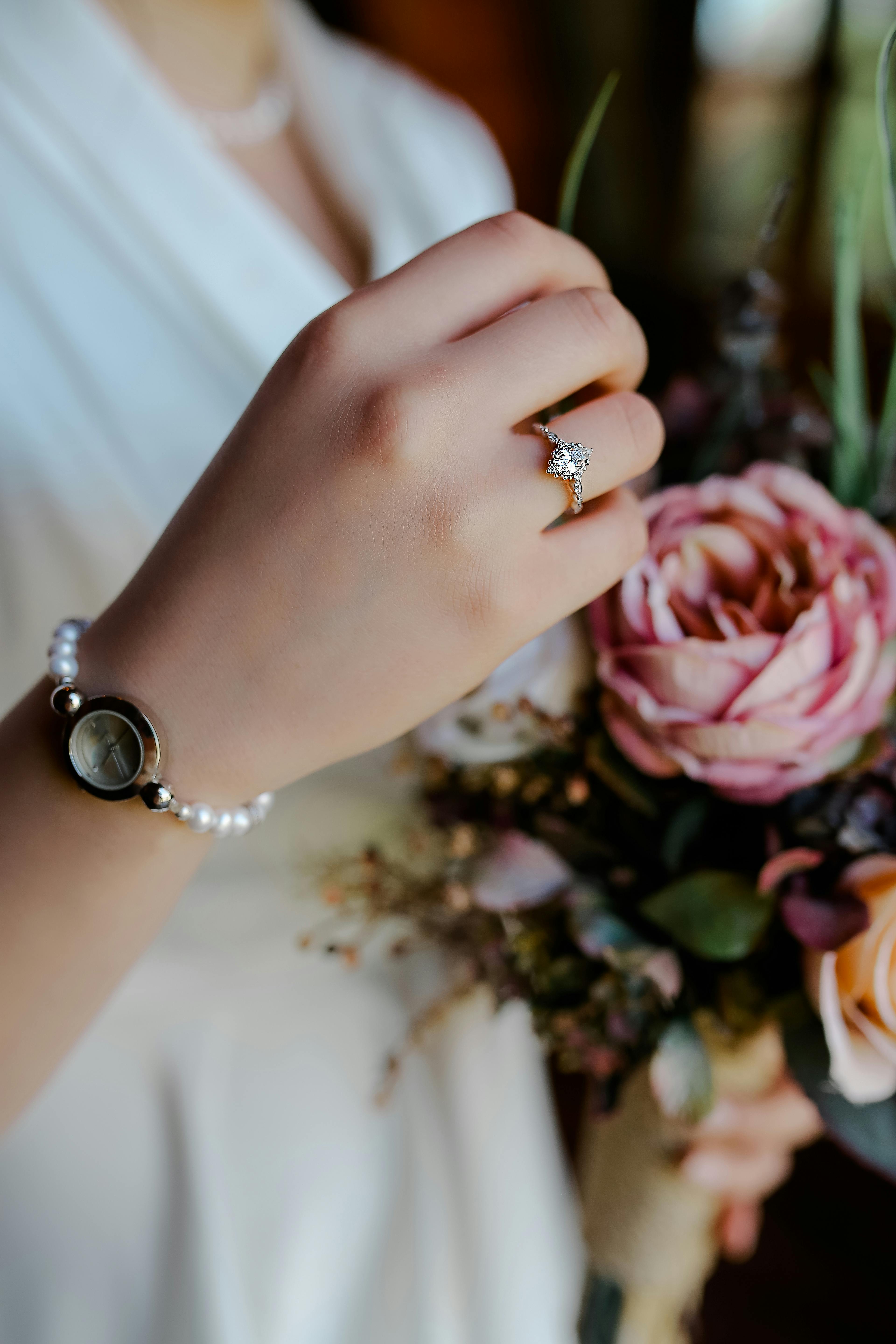
A woman holding a bouquet and wearing a diamond ring | Source: Pexels
I hurried to my laptop and navigated to Micah’s Facebook page. I scrolled through her feed and saw a picture of her hand adorned with a ring that looked nothing like the one I had given her. Instead of the modest diamond ring I had chosen, there was a flashy yellow diamond ring in the photo.
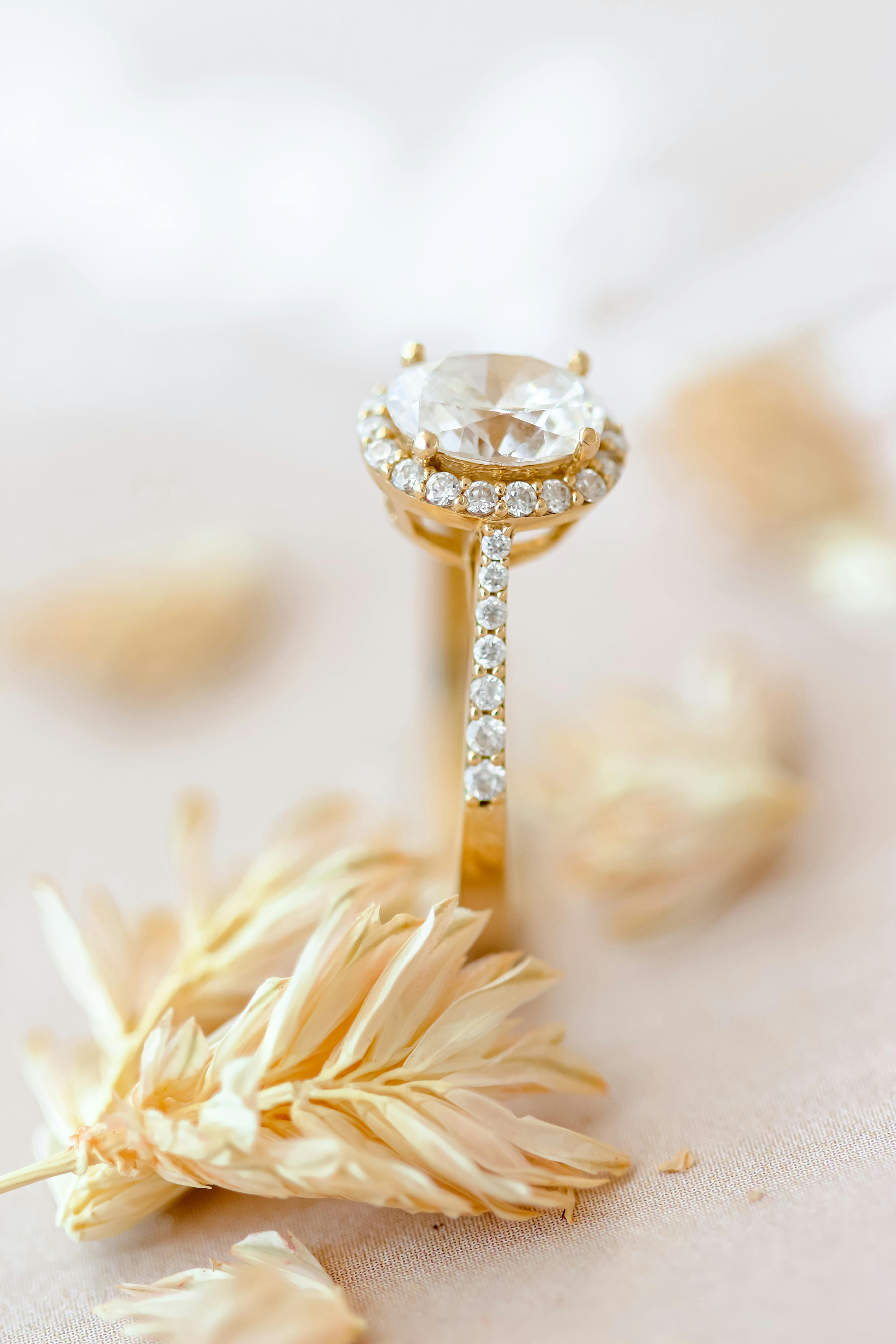
A yellow gold diamond ring | Source: Pexels
It was clear that she wanted to showcase something more extravagant than what I had offered. My heart sank as I realized she had chosen to post a fake ring instead of proudly showing the one I gave her.

An upset man with his head in his hands | Source: Pexels
I felt a mix of betrayal and sadness, questioning her true feelings about our engagement. I wondered how many other things she had been dishonest about, and whether our entire relationship was built on lies.
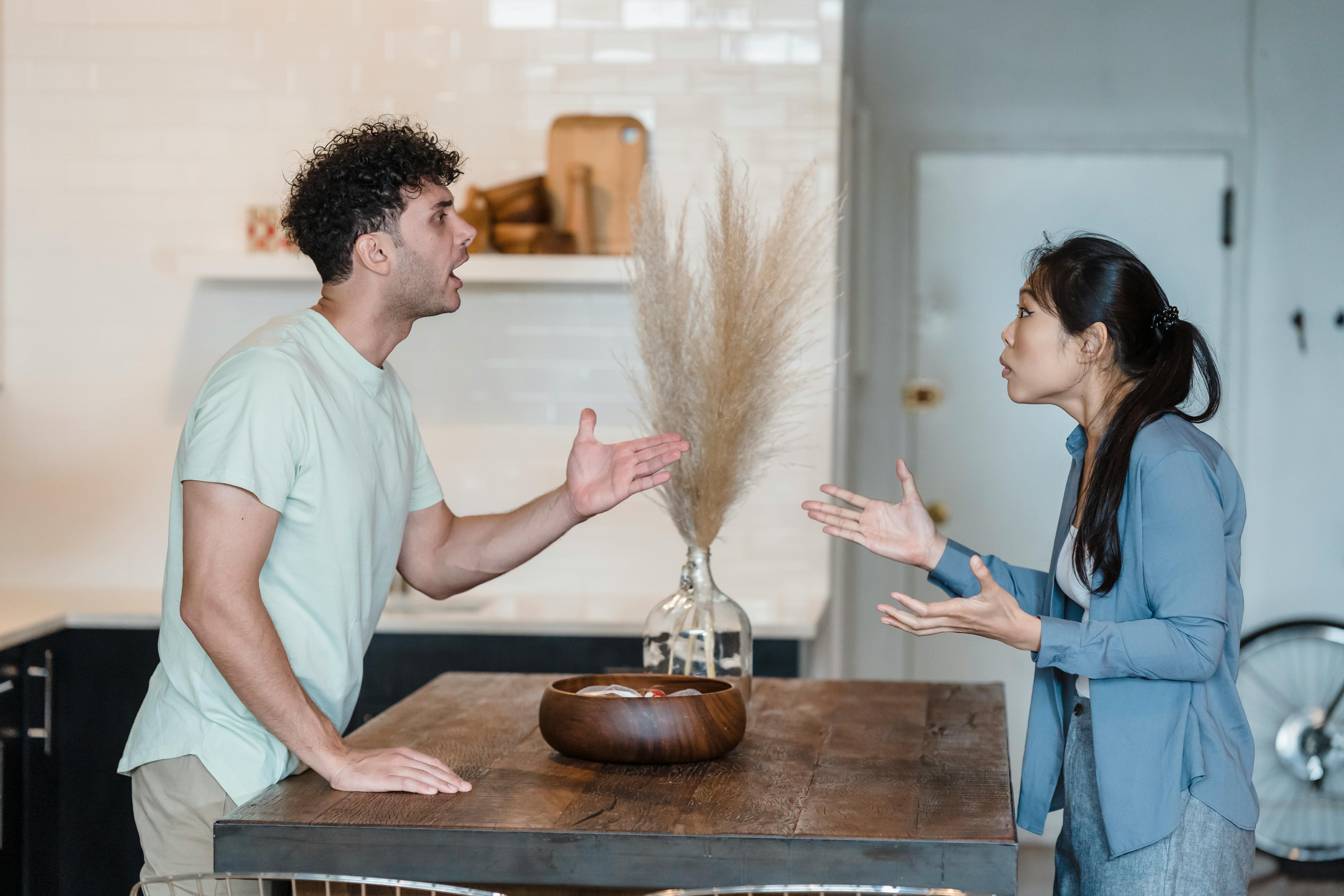
A couple arguing | Source: Pexels
I couldn’t believe what I was seeing. I needed answers right away, so I confronted Micah.
“Why did you post a different ring on Facebook?” I asked, trying to keep my voice steady.
Micah looked at me, clearly uncomfortable. “You really expected me to show off that cheap ring? I thought you’d get me something nicer. I’m kinda embarrassed by it. But you don’t want me to feel bad, right?”

An upset woman gesturing with open palms | Source: Pexels
I took a deep breath, trying to stay calm. This wasn’t the Micah I thought I knew. We had always been honest with each other, or so I believed. Her words stung, revealing a side of her I hadn’t seen before. I felt a growing sense of disappointment as I realized how much she valued material appearances over our relationship.

An upset man with his head in his hands | Source: Pexels
I remembered the many conversations we’d had about values and how we both claimed to prioritize honesty and simplicity over material things. Now, I saw that her words were empty, and it hurt deeply.

A couple arguing | Source: Pexels
“Of course, I don’t want you to feel bad. But there’s more to this than you realize,” I said, hinting at what I knew.
Micah’s confusion was evident. “What do you mean?” she asked, a frown forming on her face.

A confused woman shrugging | Source: Pexels
I looked at her, my expression serious. “Two weeks before our proposal, I got a call from your ex. He told me something interesting about you. He mentioned how he proposed to you with a ring, and you called it cheap and posted a fake one instead. I personally chose this ring for you.”
Micah’s eyes widened as I revealed the real ring. “Oh honey, it’s so beautiful! It’s exactly what I wanted. Thank you!”

An excited, smiling woman holding her face | Source: Pexels
I could see the excitement in her eyes, but it only deepened my resolve. “You don’t understand. I bought this ring for you and would have given it to you if you had passed the test. But, as we all saw, you failed.”
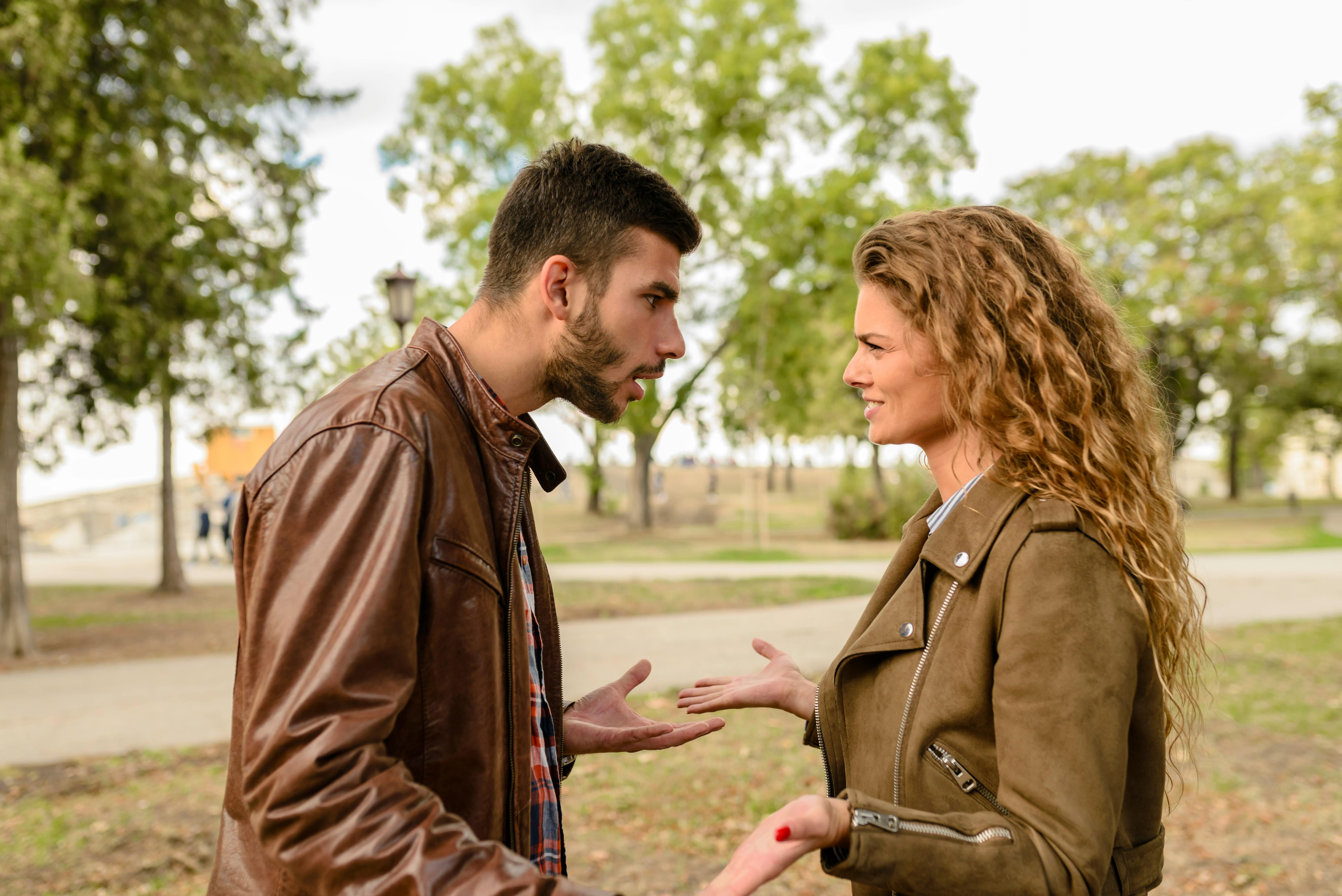
A couple arguing | Source: Pexels
I remembered my conversation with her ex, how he described the heartbreak he felt when she dismissed his sincere gesture for not being flashy enough. His words echoed in my mind, reinforcing my decision to test her.
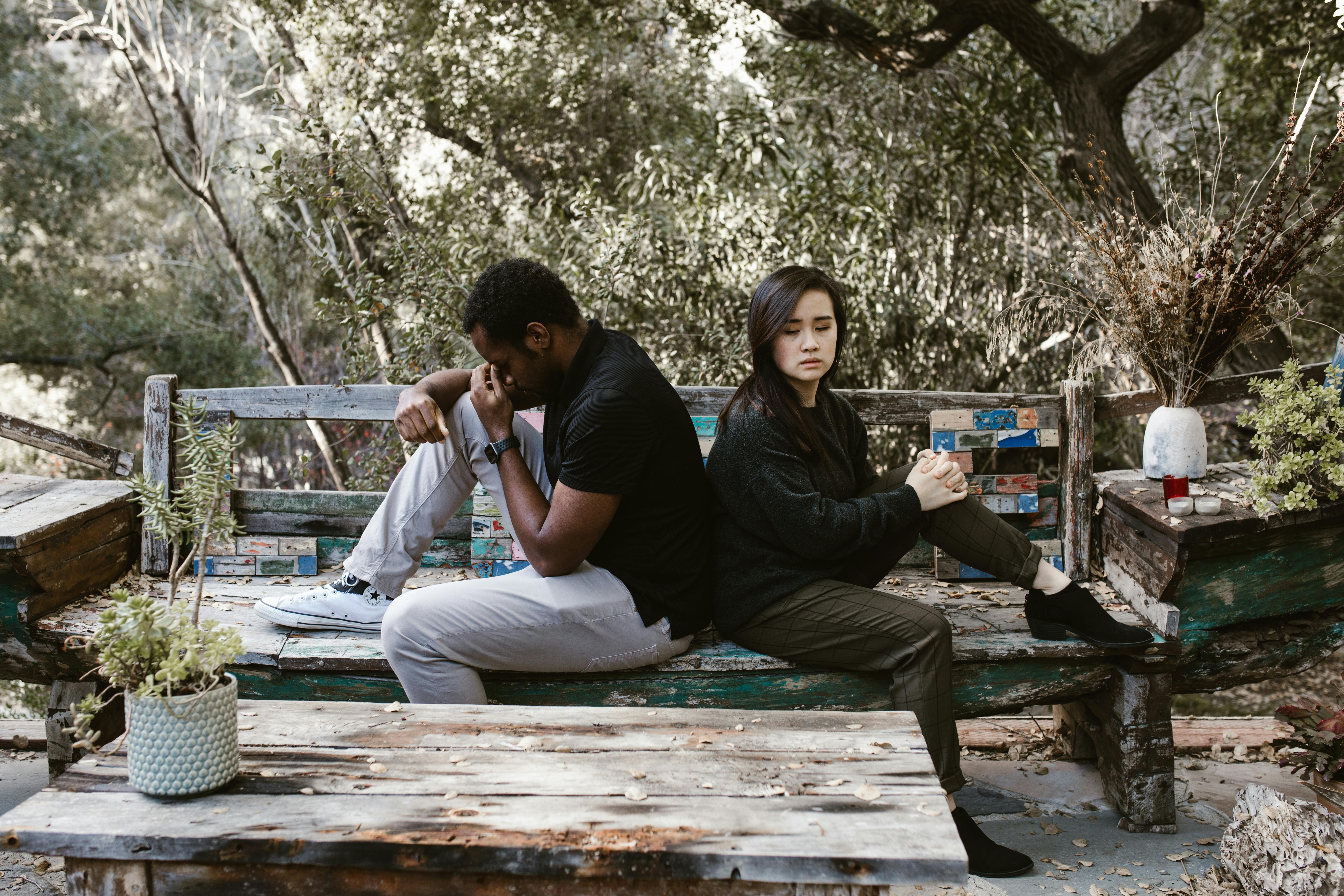
A heartbroken man sitting back to back with a woman | Source: Pexels
Her tears flowed as she continued to plead, “Please, I can explain! I was just embarrassed. I didn’t mean to hurt you.”
Micah’s face went pale, and she started to panic. “You can’t be serious! This is so unfair! How could you set me up like this? I thought you loved me!” she cried, her voice rising.

A woman crying and wiping her nose | Source: Pexels
I remained calm, watching her reaction. “I did love you, but I can’t be with someone who values material things over honesty and respect. This was a test to see if you had changed, and clearly, you haven’t.”
Her tears flowed as she continued to plead, “Please, I can explain! I was just embarrassed. I didn’t mean to hurt you.”
But I was resolute. “Actions speak louder than words, Micah. I need someone who values me for who I am, not for the price tag of a ring.”

A man showing his palm, indicating “stop” | Source: Pexels
Ignoring her desperate attempts to explain, I packed my things and left, feeling a mix of sadness and relief. I knew it was the right decision, but it still hurt to walk away from someone I had once loved deeply.

A man crying while sitting on a sofa | Source: Pexels
As I packed my belongings, Micah continued to plead, “We can work this out, please! I just wanted something to show off to my friends. It didn’t mean I don’t love you.”

A woman leaning on a man as she cries | Source: Pexels
I paused for a moment, considering her words. “It’s not about the ring, Micah. It’s about trust and honesty. If you can’t be proud of what we have without needing to impress others, then what do we really have?” With that, I walked out the door, feeling a heavy weight lift off my shoulders.

A man packing moving boxes into a car | Source: Pexels
As I walked out of the door, I felt a strange sense of relief. Later, I decided to reach out to her ex-fiancé to express my gratitude.
“Thank you for telling me about her true colors. You saved me from making a huge mistake,” I told him.
He sounded genuinely relieved as well. “I’m glad my experience could help someone else. It’s tough, but better to know now than later.”

A man talking on the phone | Source: Pexels
Reflecting on everything that happened, I realized how much I had been willing to overlook in the name of love. I learned a valuable lesson about trust and the importance of true character.

A disappointed man with his hand on his head | Source: Pexels
This experience opened my eyes to what really matters in a relationship. Although it was painful to end things with Micah, I knew it was the right decision for my future happiness. Moving on, I was determined to find someone who would value me for who I am, not for what I could buy.

A confident man listening to music | Source: Pexels
Reflecting on everything that happened, I learned a valuable lesson about trust and the importance of true character. I realized that honesty and genuine love are worth more than any material possession.

Scrabble tiles spelling out “Love Never Fails” | Source: Pexels
Moving on, I was determined to find someone who would value me for who I am, not for what I could buy. I started to focus more on self-growth and understanding what I truly wanted in a partner.

A man kissing a woman on the cheek | Source: Pexels
In the next few weeks, I leaned on friends and family, seeking their support and wisdom. I knew that I couldn’t overcome this alone and having their support was invaluable to me.

Three men chatting | Source: Pexels
Now, I know the type of girl that I want and how to spot the red flags at the beginning of a relationship. I’m so grateful I didn’t marry the wrong person.
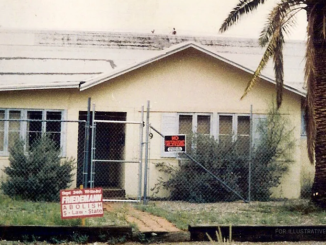

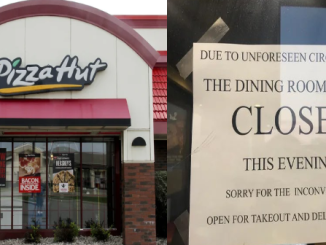
Leave a Reply